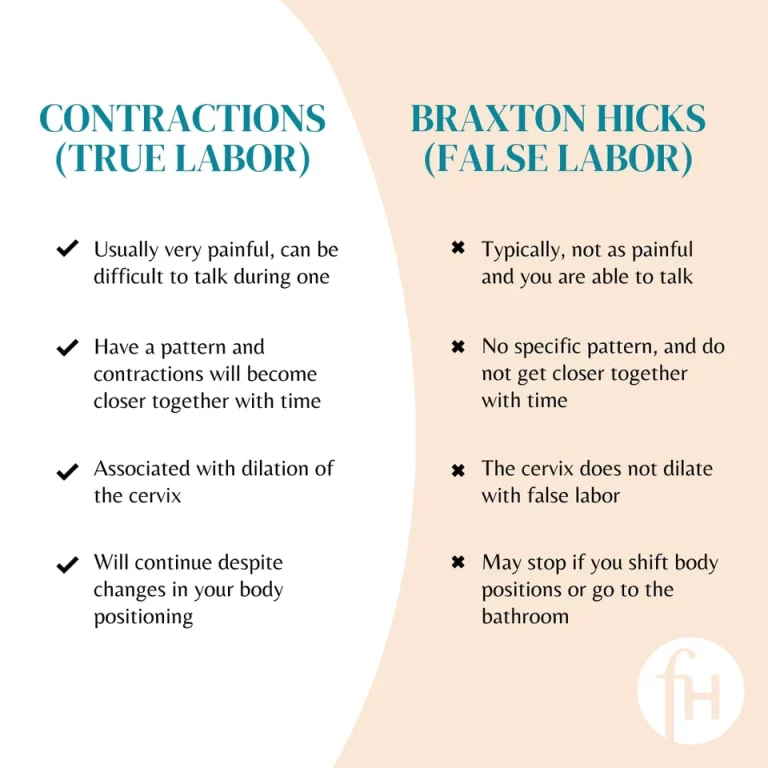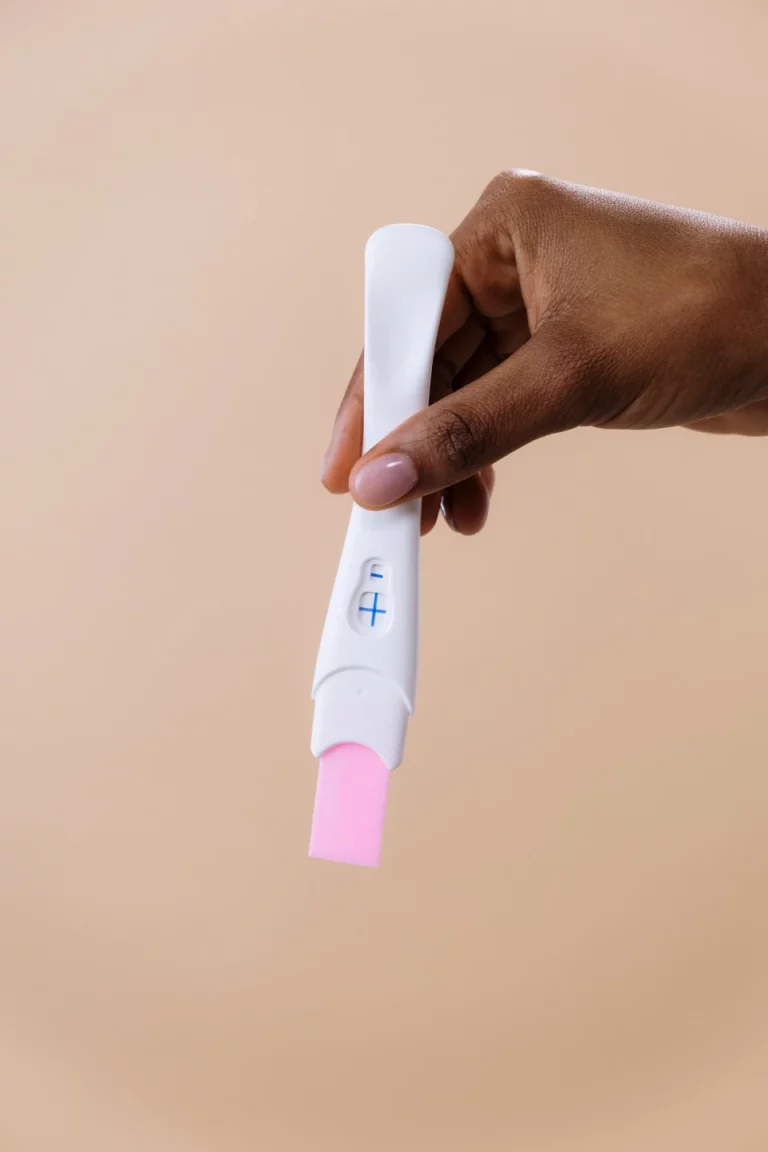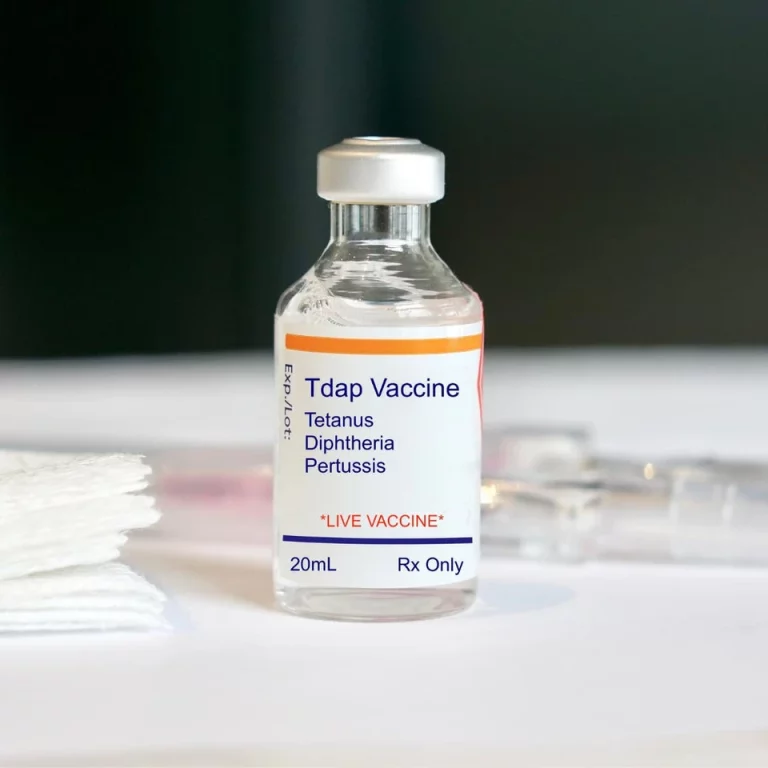Gestational Diabetes Risk During Second Pregnancy
Gestational diabetes is a type of diabetes that develops during pregnancy, affecting 2-10% of pregnancies in the United States. It occurs when the body cannot produce enough insulin to regulate blood sugar levels during pregnancy. This condition typically appears in the middle of pregnancy, between 24-28 weeks, and can cause complications for both the mother and baby.
If you had gestational diabetes during your first pregnancy, you may be wondering about your chances of developing it again in subsequent pregnancies. Research shows that women who had gestational diabetes in their first pregnancy are at a higher risk of developing it again in subsequent pregnancies. However, this does not mean that it is inevitable. With proper management, it is possible to have a healthy pregnancy even with gestational diabetes.
This article will explore the topic of gestational diabetes in second pregnancies, including the risk factors, symptoms, and management options. We will also discuss the importance of proper prenatal care and monitoring to ensure the health and well-being of both the mother and baby. By understanding the risks and taking proactive steps to manage gestational diabetes, women can have a successful and healthy pregnancy, even with this condition.
What Is Gestational Diabetes?
Gestational diabetes is a type of diabetes that develops during pregnancy in women who did not have diabetes before pregnancy. It is caused by hormonal changes that affect the body’s ability to use insulin effectively. Insulin is a hormone produced by the pancreas that helps regulate blood sugar levels. When insulin is not used effectively, blood sugar levels can rise and cause health problems for both the mother and the baby.
During pregnancy, the placenta produces hormones that can make it harder for insulin to do its job. As a result, the body may need more insulin than usual to keep blood sugar levels in a healthy range. If the body cannot produce enough insulin to meet this demand, gestational diabetes can develop.
How Many Women Will Have Gestational Diabetes?
According to the Centers for Disease Control and Prevention (CDC), 2% to 10% of pregnancies in the United States are affected by gestational diabetes. Women who are overweight, have a family history of diabetes, or have had gestational diabetes in a previous pregnancy are at higher risk of developing the condition.
How Is Gestational Diabetes Diagnosed?
It is standard for expecting mothers to have a glucose tolerance test during pregnancy. It is important to take this test correctly so that you can get accurate results. There is a 1 hour test that is done initially and then a 3 hour test is done if a person fails the 1 hour test. The testing is typically done in the mid to late second trimester, but if you have had GDM in a previous pregnancy you will take the test in your first trimester.
It is important to manage gestational diabetes to ensure a healthy pregnancy and baby. This may involve making dietary changes, monitoring blood sugar levels, and taking medication as prescribed by a healthcare provider. If left untreated, gestational diabetes can lead to complications such as preterm birth, preeclampsia, and a higher risk of developing type 2 diabetes later in life.
Risks Of Gestational Diabetes In Second Pregnancy
Unfortunately, the risk of having GDM in a future pregnancy is always hire if you have had it in a previous pregnancy.
Chances of Gestational Diabetes in Second Pregnancy
Women who have had gestational diabetes in their first pregnancy are at a higher risk of developing it again in their second pregnancy. According to a study published in PubMed, the risk of GDM in the second pregnancy among women with previous GDM was 41.3%, compared to 4.2% in women without previous GDM. Therefore, it is important for women who have had GDM in their first pregnancy to monitor their blood sugar levels carefully during their second pregnancy.
Is Gestational Diabetes Worse In Second Pregnancy
Gestational diabetes can be more severe in second pregnancies. Women who have had GDM in their first pregnancy are more likely to develop it earlier and have higher blood sugar levels in their second pregnancy. Therefore, it is important for women to work closely with their healthcare provider to manage their blood sugar levels and reduce the risk of complications.
Increased Risk of Developing Type 2 Diabetes
Women who have had gestational diabetes in their first pregnancy are at an increased risk of developing type 2 diabetes later in life. According to the CDC, up to 50% of women with a history of GDM will develop type 2 diabetes within 5-10 years after their pregnancy. Therefore, it is important for women to maintain a healthy lifestyle and monitor their blood sugar levels regularly after their pregnancy.
Increased Risk Of Complications For Mother And Baby
Gestational diabetes can increase the risk of complications for both the mother and baby in the second pregnancy. The baby is at a higher risk of being born early, having low blood sugar, and being very large, which can make delivery more difficult. The mother is at a higher risk of developing high blood pressure, preeclampsia, and needing a cesarean delivery. Therefore, it is important for women with a history of GDM to work closely with their healthcare provider to manage their blood sugar levels and reduce the risk of complications.
Diagnosis and Treatment of Gestational Diabetes in Second Pregnancy
Related: Round Ligament Pain In Pregnancy
Screening And Diagnosis
Women who have had gestational diabetes in their previous pregnancy are at a higher risk of developing it again in their second pregnancy. Therefore, it is important to undergo screening and diagnosis for gestational diabetes as early as possible. The screening process usually involves a glucose challenge test (GCT) followed by a glucose tolerance test (GTT) if the GCT results are abnormal. The GCT involves drinking a sugary solution followed by a blood test to check glucose levels. If the results are abnormal, the GTT is performed to confirm the diagnosis.
Managing Gestational Diabetes
Managing gestational diabetes involves making lifestyle changes such as following a healthy diet, exercising regularly, and monitoring blood sugar levels. A registered dietitian can help create a meal plan that includes the right balance of carbohydrates, proteins, and fats. Regular exercise can help lower blood sugar levels and improve insulin sensitivity. Monitoring blood sugar levels is important to ensure they remain within the target range.
Medications And Insulin Therapy
In some cases, lifestyle changes may not be enough to manage gestational diabetes. In such cases, medications such as metformin or insulin therapy may be prescribed. Metformin is an oral medication that helps lower blood sugar levels. Insulin therapy involves injecting insulin to regulate blood sugar levels. Insulin therapy may be necessary if blood sugar levels remain high despite lifestyle changes and medication. In conclusion, women who have had gestational diabetes in their previous pregnancy are at a higher risk of developing it again in their second pregnancy. Screening and diagnosis should be done early, and managing gestational diabetes involves making lifestyle changes, monitoring blood sugar levels, and medication if necessary.
Preventing Gestational Diabetes In Second Pregnancy
Lifestyle Changes
There are several lifestyle changes that women can make to reduce their risk of developing gestational diabetes in a second pregnancy. These include:
- Maintaining a healthy weight before and during pregnancy
- Eating a healthy diet that is low in sugar and refined carbohydrates
- Exercising regularly, with the guidance of a healthcare provider
- Managing stress levels through relaxation techniques such as yoga or meditation
- Getting enough sleep each night
It’s important to note that these lifestyle changes are beneficial not only for preventing gestational diabetes, but also for overall maternal and fetal health.
Medical Management
In addition to lifestyle changes, medical management can also help prevent gestational diabetes in a second pregnancy. This may include:
- Regular prenatal care with a healthcare provider
- Monitoring blood sugar levels throughout pregnancy
- Taking medication as prescribed by a healthcare provider, if necessary
It’s important for women who have had gestational diabetes in a previous pregnancy to discuss their risk factors and preventative measures with their healthcare provider.
By making lifestyle changes and following medical management recommendations, women can reduce their risk of developing gestational diabetes in a second pregnancy and improve their overall health and the health of their baby.
Summary
Gestational diabetes in a second pregnancy is a concern for many pregnant women. While the risk of recurrence is higher for those who have had gestational diabetes in a previous pregnancy, there are steps that can be taken to manage the condition and reduce the risk of complications.
Research has shown that maintaining a healthy diet, engaging in regular physical activity, and monitoring blood sugar levels can help manage insulin resistance in gestational diabetes. In some cases, medication may also be necessary to manage blood glucose levels.
It is important for women who have had gestational diabetes in a previous pregnancy to work closely with their healthcare provider to develop a plan for managing the condition during a subsequent pregnancy. Regular prenatal care and monitoring can help ensure the health of both the mother and the baby.
Overall, while the risk of gestational diabetes in a second pregnancy is higher for those who have had the condition in a previous pregnancy, it is a manageable condition that can be effectively managed with proper care and attention.
We discuss products we think are useful to people. If you buy something through our links, we may earn a commission. Remember to check with your personal physician to see if a product recommended is right for you.








